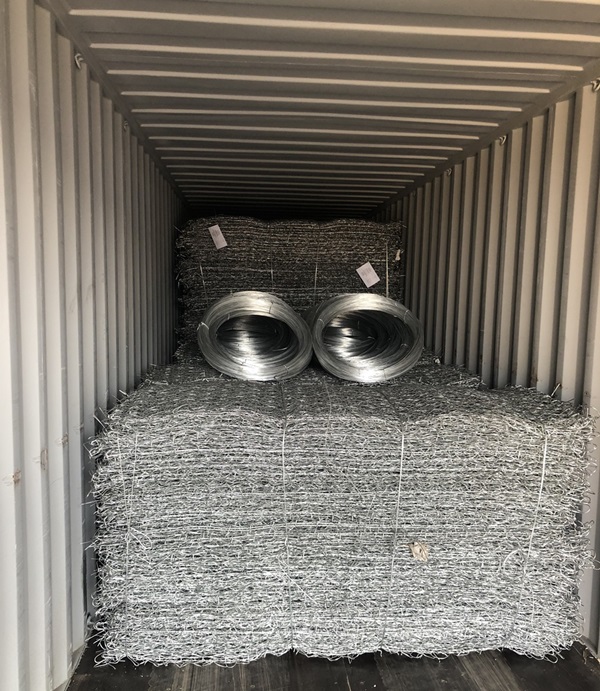Aug . 14, 2024 16:16 Back to list
Superior Quality Steel Gratings for Safe and Durable Platforms, Walkways, and Stair Treads
High-Quality Steel Gratings for Platforms, Walkways, and Stair Treads in China
In today's rapidly advancing industrial landscape, the demand for durable and safe construction materials is at an all-time high. Among these materials, steel gratings have emerged as a fundamental component in various applications, notably in constructing platforms, walkways, and stair treads. China, as a leading manufacturer of high-quality steel gratings, has established a strong reputation for producing reliable and versatile products that meet both aesthetic and functional needs.
What are Steel Gratings?
Steel gratings are constructed from a series of parallel bars, which are then joined by perpendicular crossbars, creating an open grid-like structure. This design allows for the effective drainage of fluids, minimizes wind resistance, and provides excellent traction, making them ideal for outdoor and industrial environments. Commonly made of carbon steel, stainless steel, or aluminum, these gratings offer a plethora of applications in architectural, commercial, and industrial settings.
Advantages of Steel Gratings
One of the primary advantages of steel gratings is their high strength-to-weight ratio. They are engineered to bear heavy loads while remaining lightweight, making them easy to install and maintain. Additionally, their open design allows for the effective passage of water, light, and air, contributing to safer working conditions and reducing the risk of slip and fall accidents.
In terms of safety, steel gratings provide excellent slip resistance, an essential feature for walkways and stair treads in industrial settings where machinery and heavy equipment are present. The ability to customize grating design and spacing also means that they can be tailored to specific environments and load requirements, further enhancing safety.
Applications in Platforms, Walkways, and Stair Treads
china high quality steel gratings for platforms, walkways & stair treads

In industrial sectors, steel gratings are extensively used in the construction of platforms, where workers need to access equipment safely. The sturdy nature of these gratings can support heavy machinery and their operators, ensuring seamless operations in manufacturing, oil and gas, and chemical processing industries.
Walkways made of steel gratings are common in factories, warehouses, and outdoor environments, providing safe and durable paths for personnel. Their maintenance is straightforward, with many manufacturers offering products that resist corrosion, rust, and wear. This longevity translates into cost savings for businesses by reducing the need for frequent replacements.
Stair treads made from steel grating enhance safety further. The grating allows for superior drainage, preventing water accumulation that could lead to slippery surfaces. Additionally, manufacturers can equip these treads with safety features, such as anti-slip coatings or materials to improve visibility in low-light conditions — ensuring comprehensive safety standards are met.
The Chinese Market
China's steel grating manufacturers employ advanced technology and high-quality materials to produce gratings that meet international standards. The country is home to several leading companies specializing in the design and manufacture of customized steel grating solutions, ensuring that clients receive products tailored to their specific needs.
Furthermore, the Chinese government supports the manufacturing sector, promoting sustainable practices and innovations that improve the efficiency and durability of construction materials. This commitment to quality and innovation enhances the global competitiveness of Chinese steel gratings.
Conclusion
In conclusion, high-quality steel gratings are vital for the safe, efficient, and durable construction of platforms, walkways, and stair treads. With China's status as a leading producer, companies can benefit from durable products that meet rigorous safety and performance standards. As industries continue to evolve, the demand for reliable materials like steel gratings will undoubtedly increase, solidifying their role in the architecture and infrastructure sectors.
-
Temporary Fencing-Anping Xingzhi|Durable, Versatile, Reliable
NewsAug.07,2025
-
Temporary Fencing Solutions-Hop Dipped Galvanized / PVC Coated Fences|Anping County Xingzhi Metal Wiremesh Products Co.,Ltd
NewsAug.07,2025
-
Hot-dip Galvanized Flat Wrap Razor Wire: High-Security & Durable
NewsAug.07,2025
-
Temporary Fencing Solutions-Anping County Xingzhi Metal Wiremesh Products Co., Ltd.|Welded Wire Mesh&Chain Link Mesh
NewsAug.06,2025
-
Hop Dipped Galvanized / PVC Coated Temporary Fence - Anping County Xingzhi Metal Wiremesh Products Co., Ltd | Durable, Corrosion-Resistant, Easy Installation
NewsAug.06,2025
-
Hop Dipped Galvanized / PVC Coated Temporary Fence - Anping County Xingzhi Metal Wiremesh Products Co., Ltd
NewsAug.06,2025



